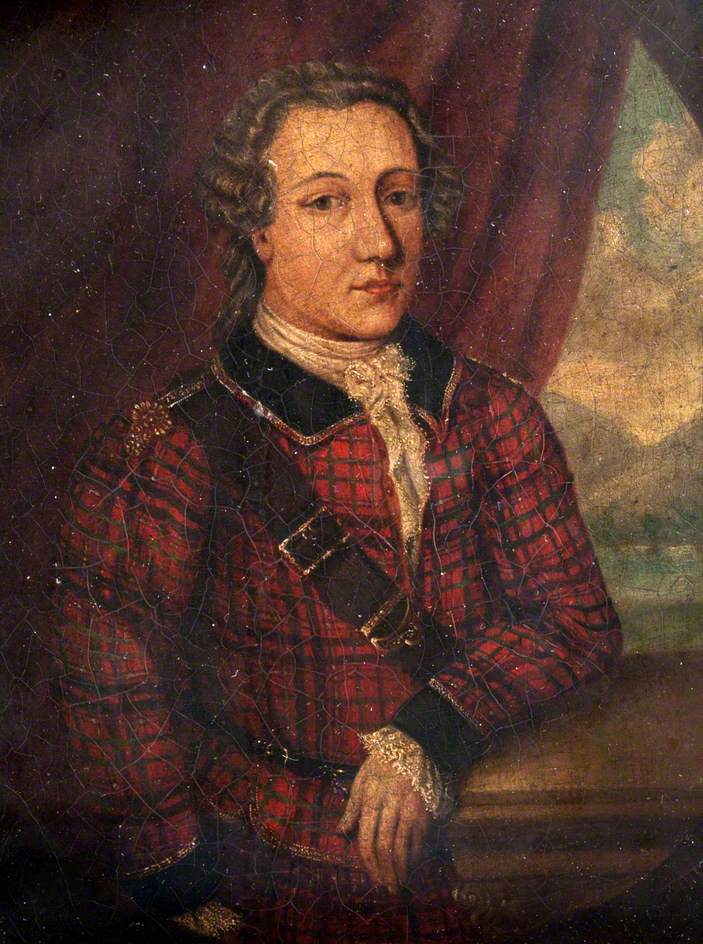This weekend the first Clan Cameron Gathering since 2009 will take place at Achnacarry between 1st and 4th August 2024. Clan Cameron Association define their gatherings as follows: The Chief of Clan Cameron “calls” his clansfolk to gather (or in the past, muster for military action). In centuries past this was done by sending runners throughout Lochaber, each with a burning torch or cross. At some pre-designated sites there were well situated pyres of timber, which were lit to notify clansfolk in adjacent glens and along the shore of lochs to gather. Later, newspapers and letters notified all those loyal to Lochiel. Today, word is spread via modern methods, but the message remains the same “Unite – Gather.”
To mark this special occasion we have published this blog which focuses on some of the highlights at the West Highland Museum; objects and stories that are associated with Clan Cameron. The museum has a very special association with the clan, our President until his death in October 2023, was Donald Angus Cameron of Lochiel, 27th Chief of Clan Cameron.
GOVERNOR’S ROOM
This room came from the old fort (An Gearasdan) at Fort William and dates back to 1690. Jacobite forces led by Cameron of Lochiel besieged the fort in Spring 1746, but the engagement failed. A few Cameron men were captured, wounded and killed at Fort William, among which were Alexander Cameron of Drimnasall, who was killed, and Ewen Cameron, the uncle of Allan Cameron of Callart.
There are other objects on display in the room relating to the old fort including the iron door key to the Governor’s house and the lock to the gate of the old fort.
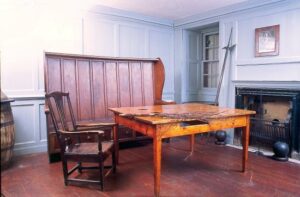
ARCHAELOGY
A pair of late Bronze Age gold penannular armlets were found at Kilmallie, just outside Fort William. They are thought to be Irish in origin. How they came to be found in 1871 makes a fascinating story! A crofter dreamt that he would find treasure if he dug at a certain spot. When he came to search, he unearthed these wonderful gold armlets.
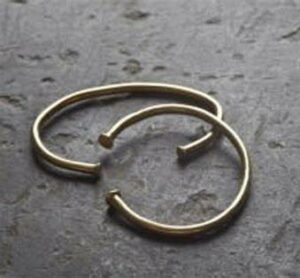
The crofter presented the armlets to the local landowner, Cameron of Lochiel, who, in return, allowed the crofter to live on his land rent free for life.
JACOBITES
A rare oil on canvas portrait of the Gentle Lochiel (1695 – 1748) is displayed in the Jacobite Gallery. Lochiel was chief of Clan Cameron at the time of the 1745 Jacobite Rising.
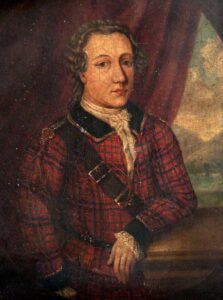
A chair sent by Cameron of Lochiel to Bonnie Prince Charlie at Glenfinnan is on display
The Strange Plate was commissioned by Bonnie Prince Charlie to print money for the Jacobite cause. In 1928 Clan Cameron helped raise funds for the museum to purchase this copper printing plate. Lady Cameron and artist Sir D Y Cameron spearheaded the fundraising campaign among Clan Cameron. The same year, D Y Cameron printed from the plate to raise funds for the museum. In 2021 the museum printed from the plate and a print framed in Achnacarry beechwood is on display at the museum.
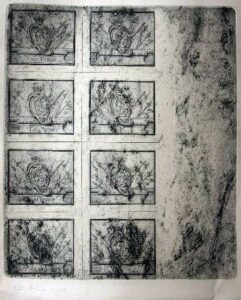
An oil on canvas by Sir D Y Cameron, “October in Knoydart” is a landscape painting also on display in the gallery, depicting the terrain Bonnie Prince Charlies would have hidden in while he was on the run from British Government forces after the Battle of Culloden in April 1746.
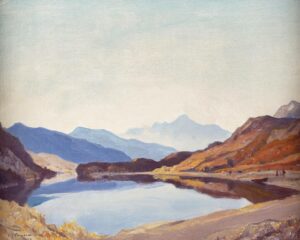
HIGHLAND LIFE
Objects in the Highland Life gallery show how ordinary Cameron’s would have lived in rural Lochaber in the 18th and 19th centuries. Objects in the gallery relate to domestic life on the croft, religion, music, and sport.
Lucy Cameron’s Ben Race medal won in 1902. The Ben Race is a Lochaber tradition and this medal was awarded to Lucy for being the fastest up and down Ben Nevis mountain. Women were banned from the race after this for a period. It was not until 1955 that women took part in the race again, when a 16 year old Kathleen Connochie, defied the rules to run.
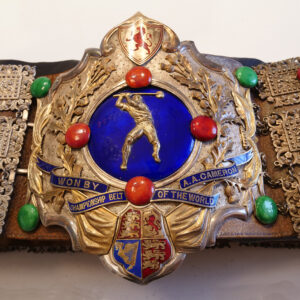
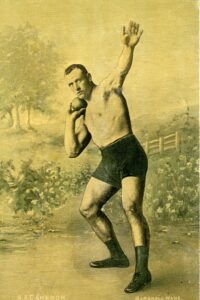
The championship belt of Lochaber heavyweight strongman Alexander Anthony (AA) Cameron of Mucomir, Spean Bridge, is on display in our sports case (room 7). Cameron was a heavyweight legend and three times world champion, in 1903, 1904 and 1905.

